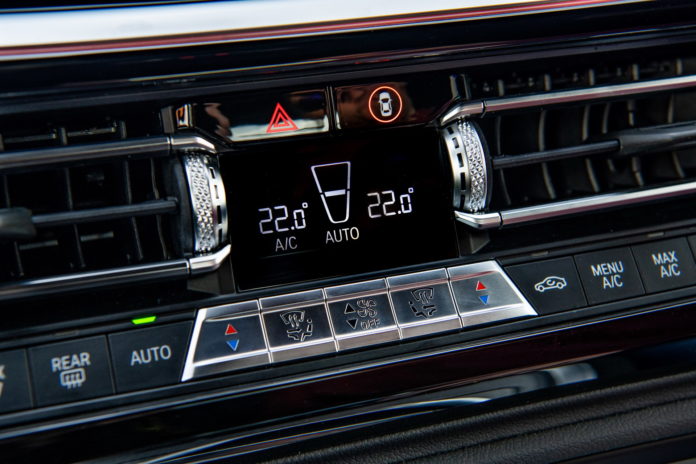BMW has subscribed to the trend that is sweeping the automotive industry, which is seeing functions that used to be served by physical buttons now moved to a screen or menu in the infotainment. Or completely removed, like the iDrive controller. This is especially evident in BMW’s smaller front-wheel drive-biased offerings, like the X1, X2, and the 2 Series Active Tourer, but it will probably reach the rest of its range in the next few years.
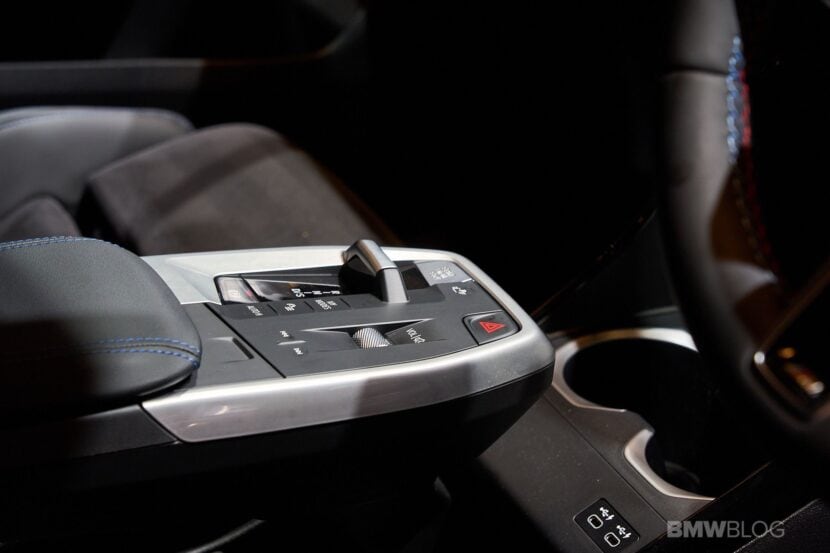
The U11 X1 and U6 2 Series Active Tourer are two of the first BMWs to not offer physical controls for the infotainment. The only way you can interact with the iDrive system in these smaller models is by physically touching the screen, which is fine if that’s how you already used the system in older generation BMWs, but you won’t like it if you have grown accustomed to the rotary control that the manufacturer has been putting in its cars for 20 years now.
The History of the iDrive Controller
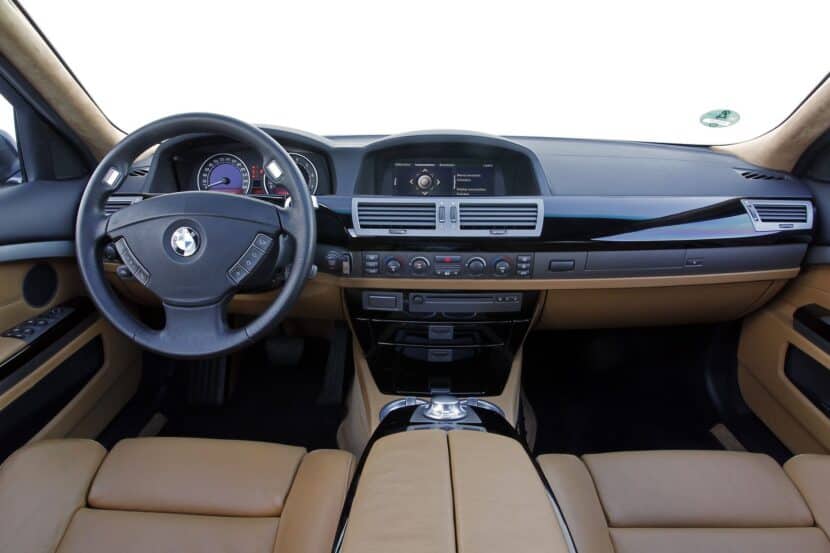
What made the jog wheel control so good was the fact that BMW got it right almost from the beginning. It debuted on the 2001 7 Series, followed by the 5 Series and the 3 Series, but then was updated for the LCI versions of all these cars to a layout and design that hardly changed over the years. Thankfully, BMW hasn’t removed this control from its larger models built on the CLAR platform, but its intentions to go touchscreen-only are pretty clear.
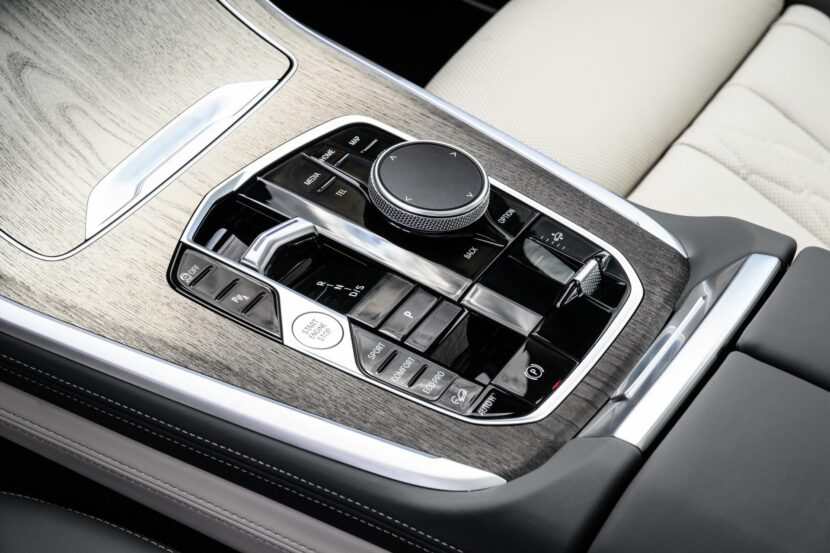
The most recent iteration of iDrive, version 8 (or 8.5 on the very latest models), has been designed to work without physical controls, and it’s one of the better systems on the market in this regard. Navigating through the menus is fairly easy; swiping from screen to screen becomes second nature, and it all starts to feel logical and natural after a few days of use.
However, when I recently drove the G60 5 Series, which had iDrive 8.5 and the central rotary control, I don’t think I ever used the touchscreen more than a couple of times over the time that I had the car. It just made so much more sense to navigate using the jog wheel, even though I could have done it via the screen. My instinct was to always go for the wheel and interact with the car that way.
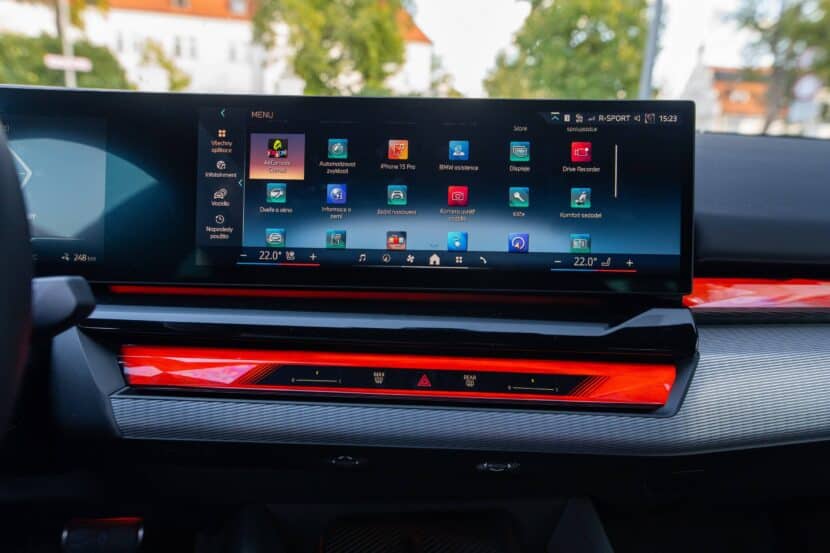
The advantages of not having to concentrate to touch a certain area of the screen while you’re being moved around by the car’s motion as it goes down the road are innumerable. Using physical controls, you can rely on muscle memory, and you spend far less time looking at the screen (and not at the road), which makes life behind the wheel easier, safer, and more intuitive.
Being a BMW owner of a car with a similar iDrive controller, it could be that I’ve just grown used to interacting with the infotainment that way, and now having to adapt to a touchscreen-only solution feels hard specifically because of that. The best solution is to offer both the touch screen and the physical knob, which is what BMW is doing in its larger cars now, but that’s probably going to change for the next generation—don’t expect to see the knob in a Neue Klasse model.
New iDrive Coming in 2025
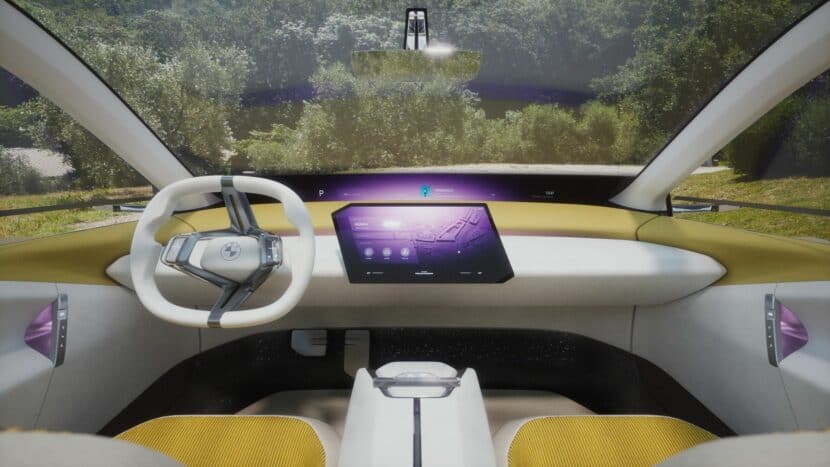
In a press release published at the start of September, BMW announced that the company will be rolling out an all-new version of iDrive, which will be integrated into a very different interior for its upcoming line of Neue Klasse vehicles. For this new series of models, BMW wants to also add new functionality to the steering wheel to allow drivers to keep their eyes on the road and hands on the wheel.
We don’t know exactly what you’ll be able to adjust via the wheel, but from the press release, it sounds like you will be able to do a lot more than in a current BMW. We also showed a couple demo videos on Youtube, here and here, so you can see how it works at this stage of development.
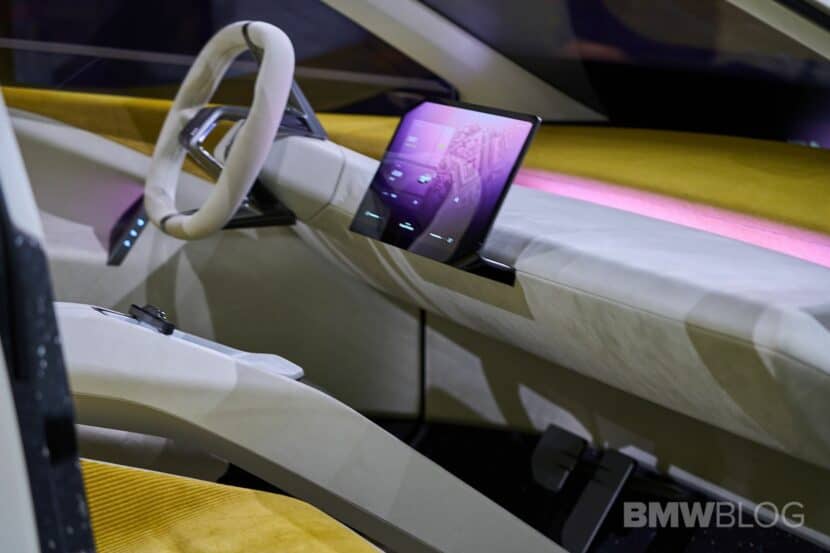
The central display in Neue Klasse vehicles will be positioned differently from where it is in current models, even in the iX, BMW’s only bespoke EV (and our best look at what a production Neue Klasse BMW will look like). If we look at the Vision Neue Klasse’s interior, the screen isn’t rectangular anymore, and it’s been moved lower down on the dashboard and closer to the two front occupants. There also don’t appear to be any buttons on the Vision Neue Klasse’s floating center console, the place where you find them in a current BMW, so expect the production car to have only minimal physical controls in this area.
Round Displays in MINI Models
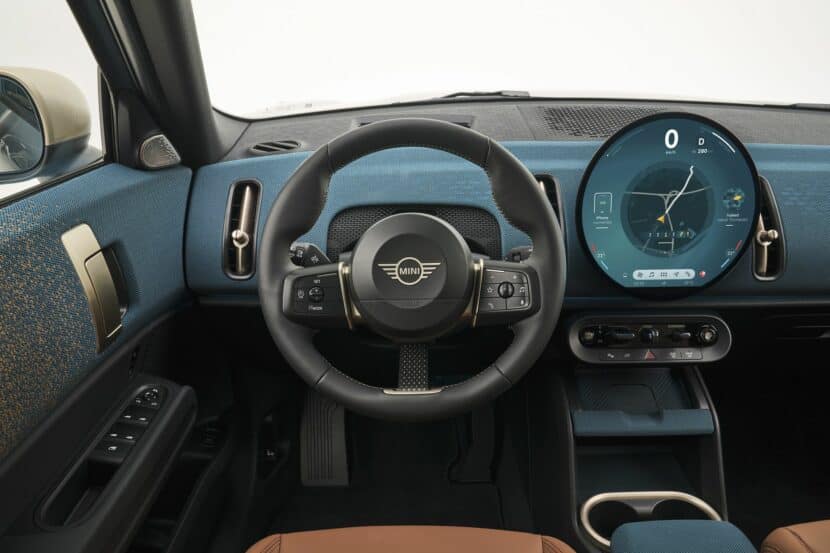
BMW has also given us a glimpse at other implementations of the infotainment operating system with the new MINI Cooper E and the Countryman. These two models feature a very cool circular screen that runs an all-new infotainment system that’s not related to anything BMW has previously developed. That’s because it’s based on the Android Open Source Project software stack, which not only means BMW started fresh but also that the infotainment will be compatible with applications from the huge Google Play Store.
Having experienced the new MINI infotainment (Operating System 9) a few weeks ago, I can say it’s completely different from what you may have seen in another BMW Group product, but it also felt good and like a significant improvement over what the manufacturer had done before. There were, of course, no physical controls in the MINIs, so your only means of interacting with the car was to touch the screen or through voice commands, although I didn’t get to try out the latter, so I can’t yet tell how effective it is.
Should BMW Revert To Physical Buttons?
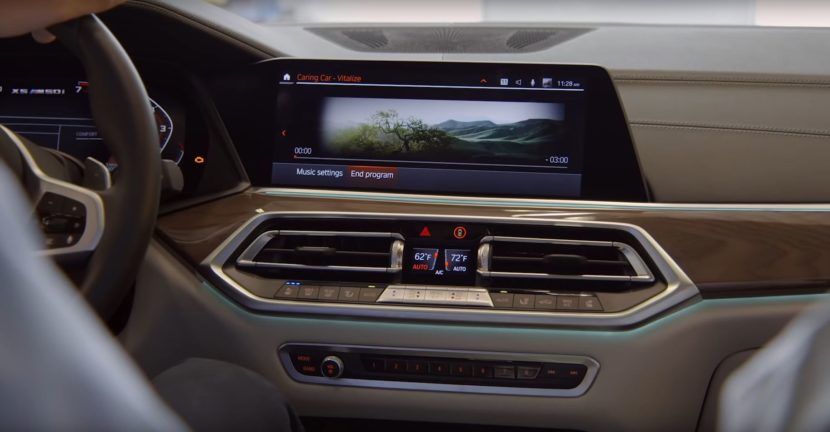
Some automakers are starting to roll back their decisions to go all-in on touchscreens. Volkswagen recently said it will bring back physical buttons in new cars. Looking at the question of whether BMW should keep the traditional physical controls that we’re used to or go all-in on screens and try to make that solution work as best it can, the answer is complicated. It sounds like big changes are brewing in Bavaria with the arrival of Neue Klasse, and we’re expecting to see BMW interiors that will feel like a huge departure from what the company has traditionally stuck to for decades.
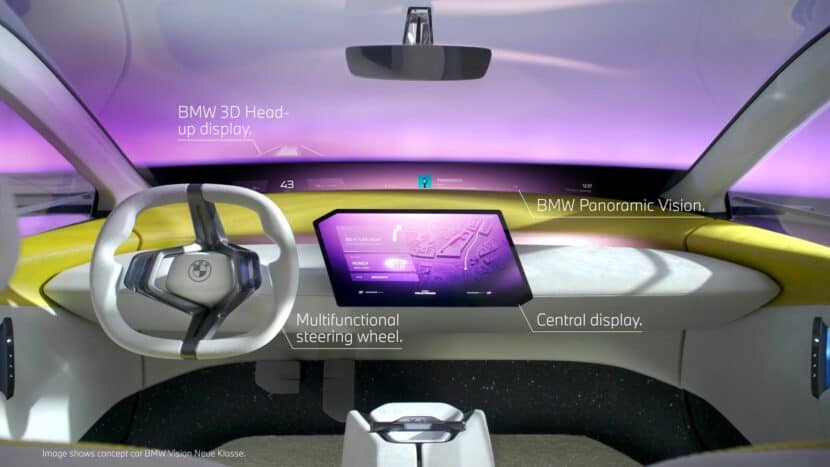
We won’t knock it until we’ve tried it, but maybe having all kinds of stalks, buttons, and switches dedicated to one function and dotted all over the cabin isn’t the only way to do it. BMW seems to also be trying to implement ways to make the user experience better and safer, even if it’s removing buttons in the process, so we’ll have to wait and see because we might actually like these new solutions.
The idea that you could control more through the steering wheel so that your hands hardly ever have to leave it is nothing new—Ferrari has been doing it for years. BMW will surely implement this simple principle in a very different way than Ferrari, but it should mean there will be fewer things that require you to take your hand off the wheel while driving. Gesture control has been getting incrementally better in BMWs, and we will definitely see its next evolution with the first Neue Klasse vehicle, where it will control more functions than it does in today’s BMWs.

